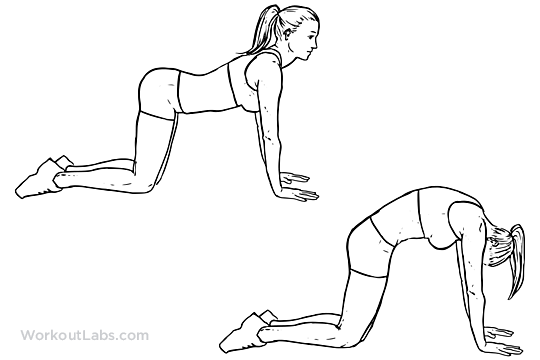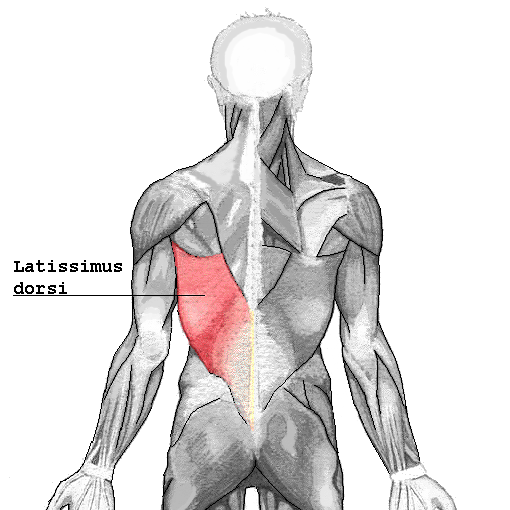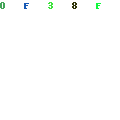I mean, who doesn't want that toned six pack stomach? Especially if you are wanting to be able to do multiple turns. But people tend to exercise the one region of your stomach, rather than all parts. It is very important to also exercise your obliques, lower abs, and all the other muscles in between. One excercise that will get your lower abs, and the smaller muscles that are hard to get is to start by laying on your back, and rolling up. You want to do these for a bit, going slowly up and down, keeping your arms by your ears. Then after you've done about ten or so of those, you will stop part way when rolling up / down in your "hard" area. This is the area you often miss, and therefore is weak. Once you find this spot, you will do small pulses, then continue rolling. For your obliques, which are the muscles on the sides of your stomach / torso that help with control and placement, you can do either standing or sitting. You just lean to one side, then only use your sides to pull you back to neutral. It can be difficult to isolate those muscles, but they will help you maintain a position or contract and move it. After stomach exercises, you can stretch by going into cobra, a push-up position with your hips on the ground.
 |
| To stretch out. Credits to: 30dyc.com |
Lower Back-
"Aim high, arabesque higher," as they say. These are the muscles that will pull your leg up (as well as back and hip flexer flexibility), so it is important to strengthen them. You can always just do back ups--laying on your stomach and lifting your back-- or you can do something more challenging. It's basically the same thing, but using an exercise ball. You lay on it, stomach down, with the ball at your hips, so you are in an upside down V, or downward dog position. You will need somewhere to tuck your toes so you don't move forward; I usually place mine under the couch. From this downward slope angle of your back, you will come up so that you are in a straight line from head toe. This way, you are keeping your abs engaged, and when you go past straight, you are releasing them. You'll get an extra workout in your stomach, as well as help to prevent injury. After you've come up, go back down all the way, and just continue to repeat. Do this at a medium pace.
 |
| Back-up exercise. Credits to: pinterest.com |
A stretch you can do to counter this exercise is to sit on your knees, grab behind your knees, and pull away creating a curve in your spine. A stretch you can do to become more flexible is to grab your leg in attitude behind you and pull, making sure it is behind you and that your shoulders are close to square. Another one is leaning back in your splits. I like to do this underneath a barre, so that I can grab the barre and walk my hands backwards for a greater stretch. Always keep in mind your limit when stretching... injury is the last thing we dancers want.
 |
| Counter stretch... not listed, but works great. Credits to: workoutlabs.com |
 |
| Back attitude stretch. Credits to: f.tqn.com |




.jpg)

.jpg)
.jpg)
.jpg)
.jpg)








